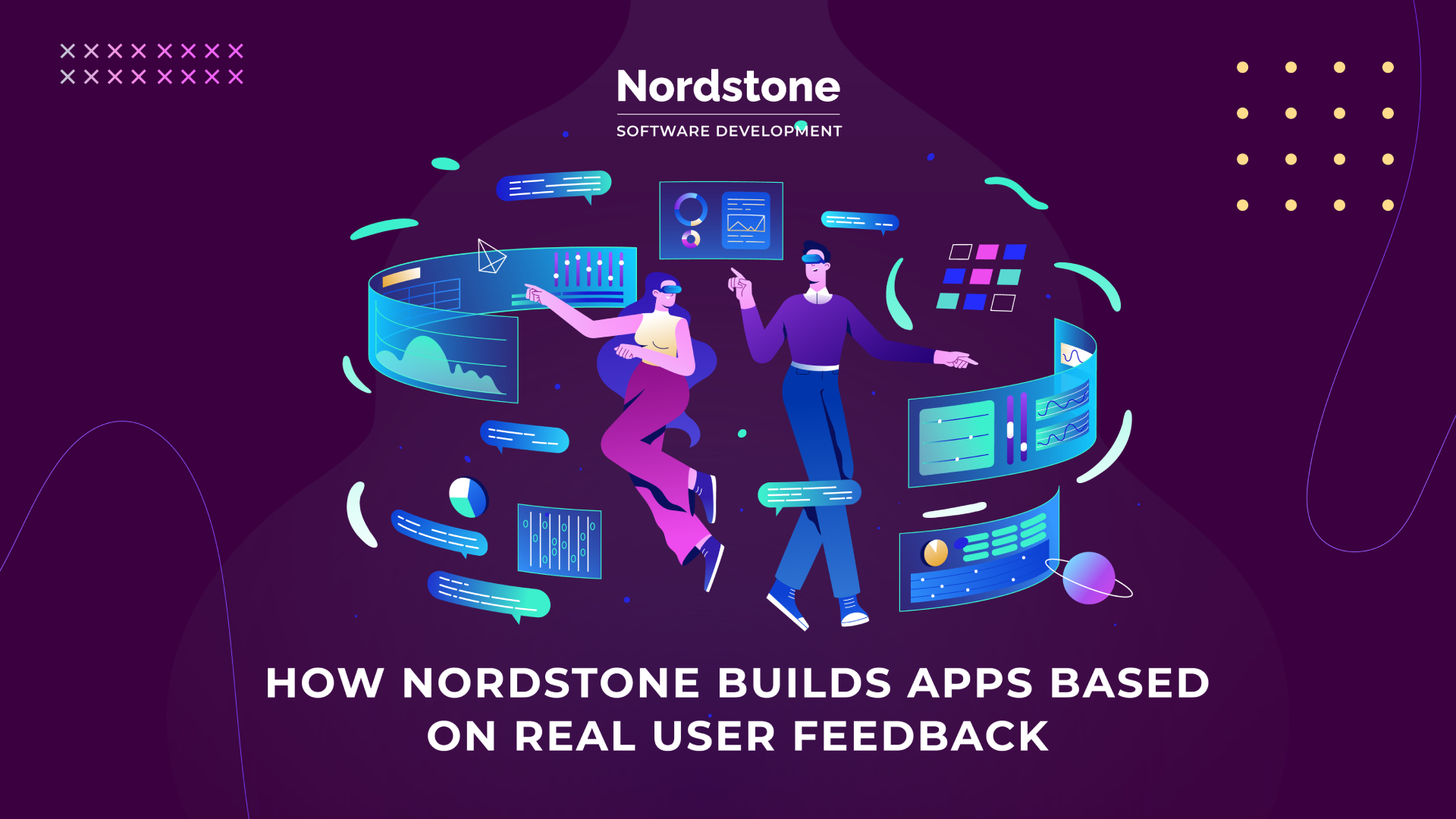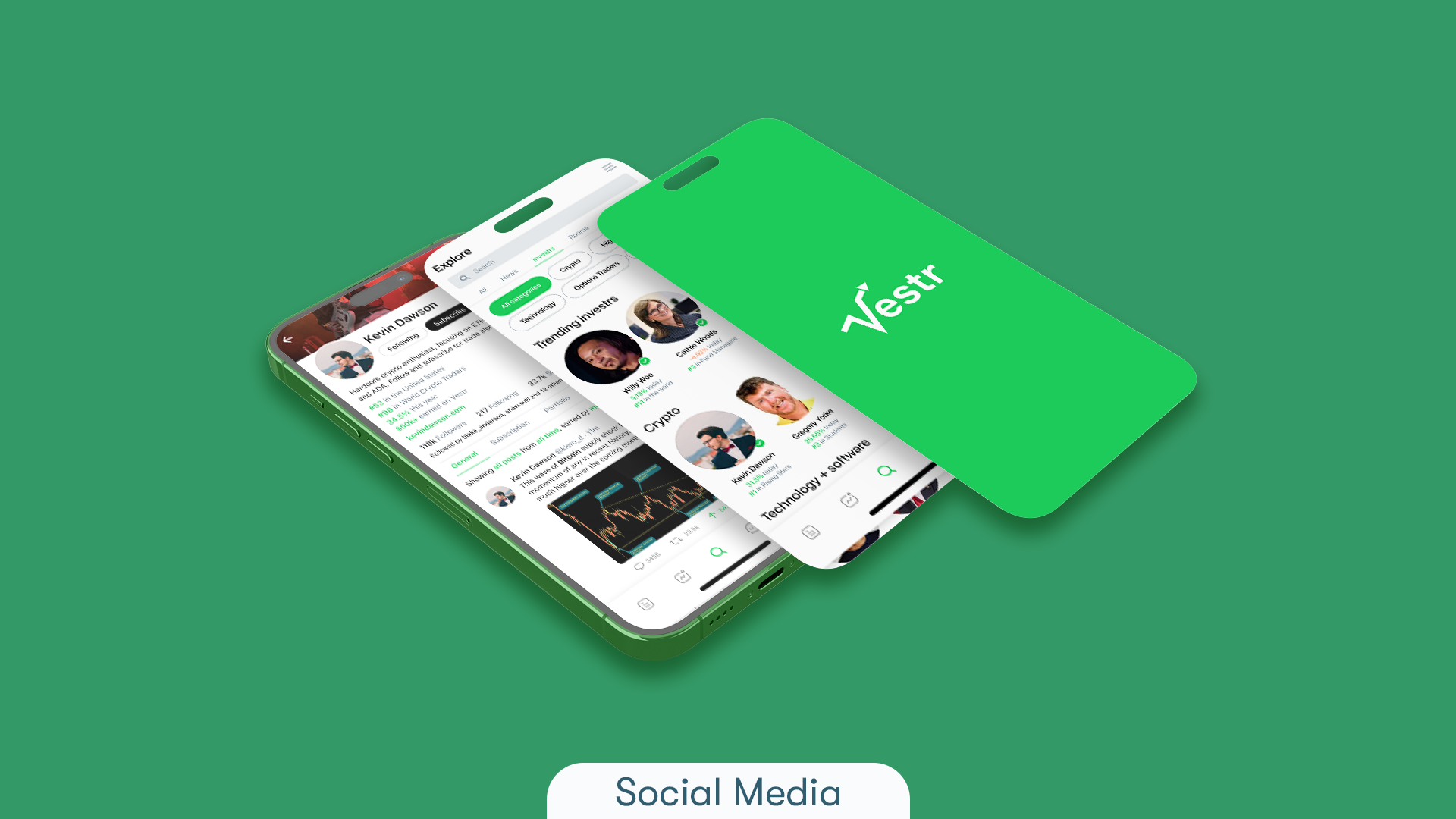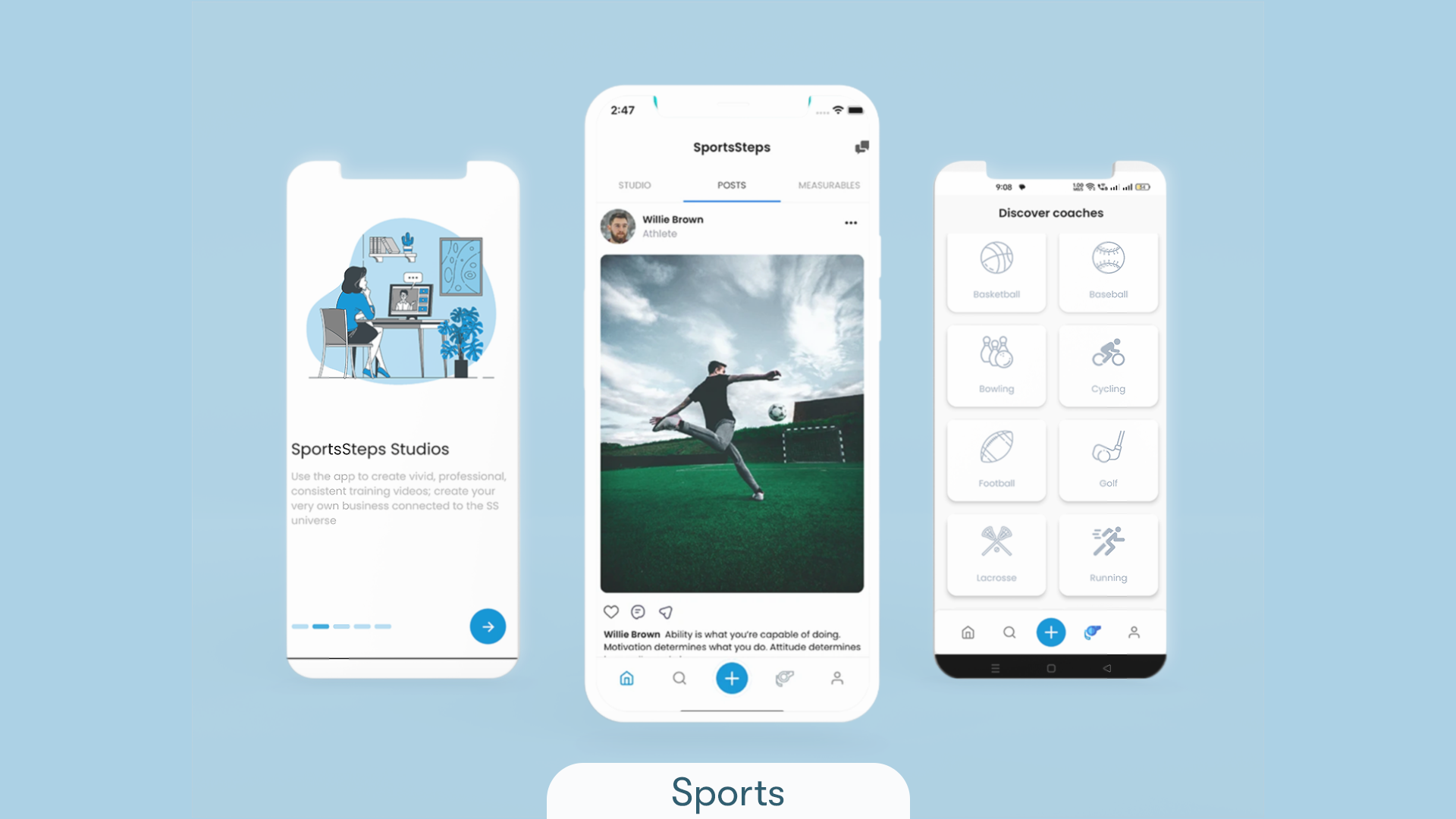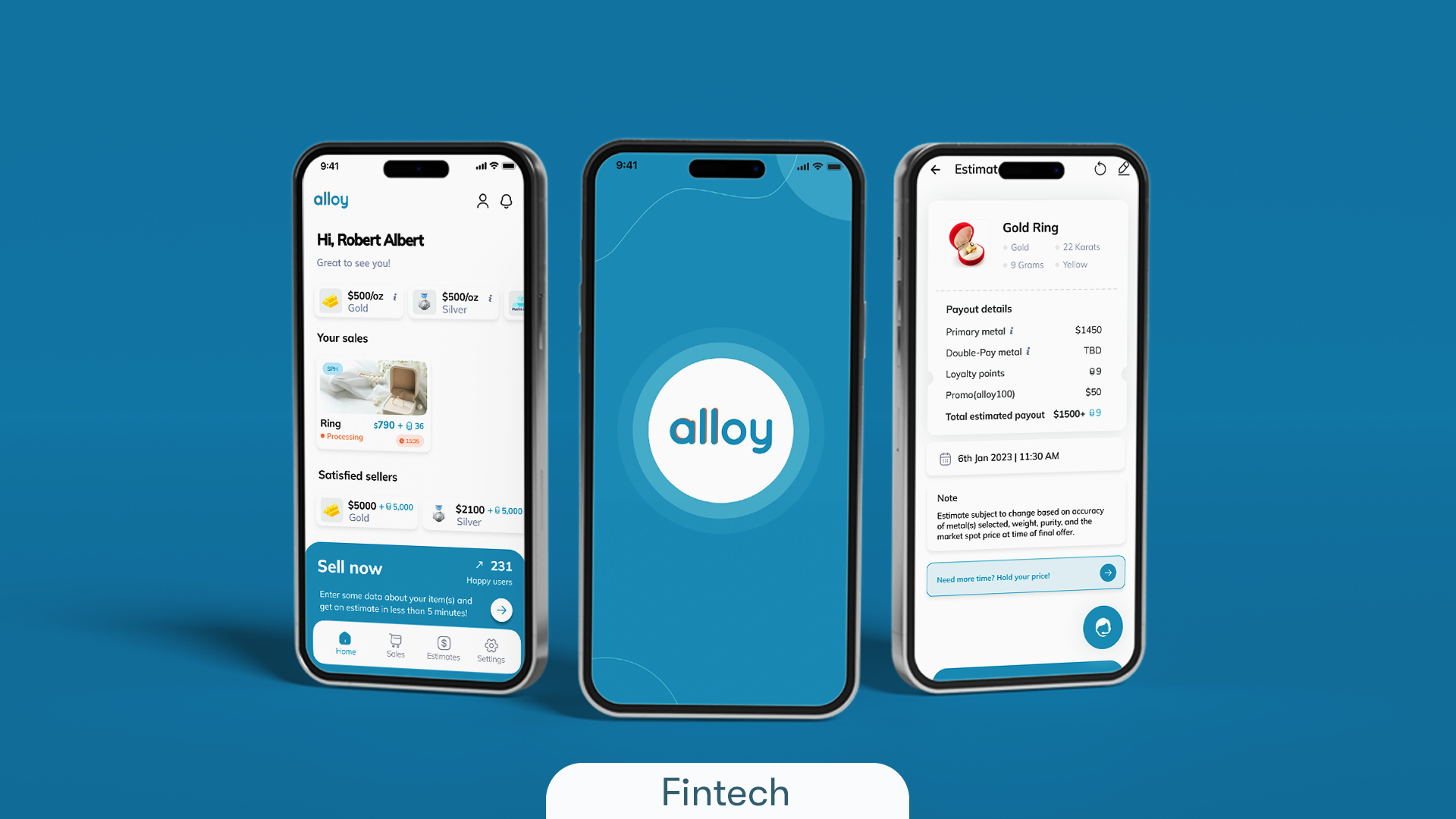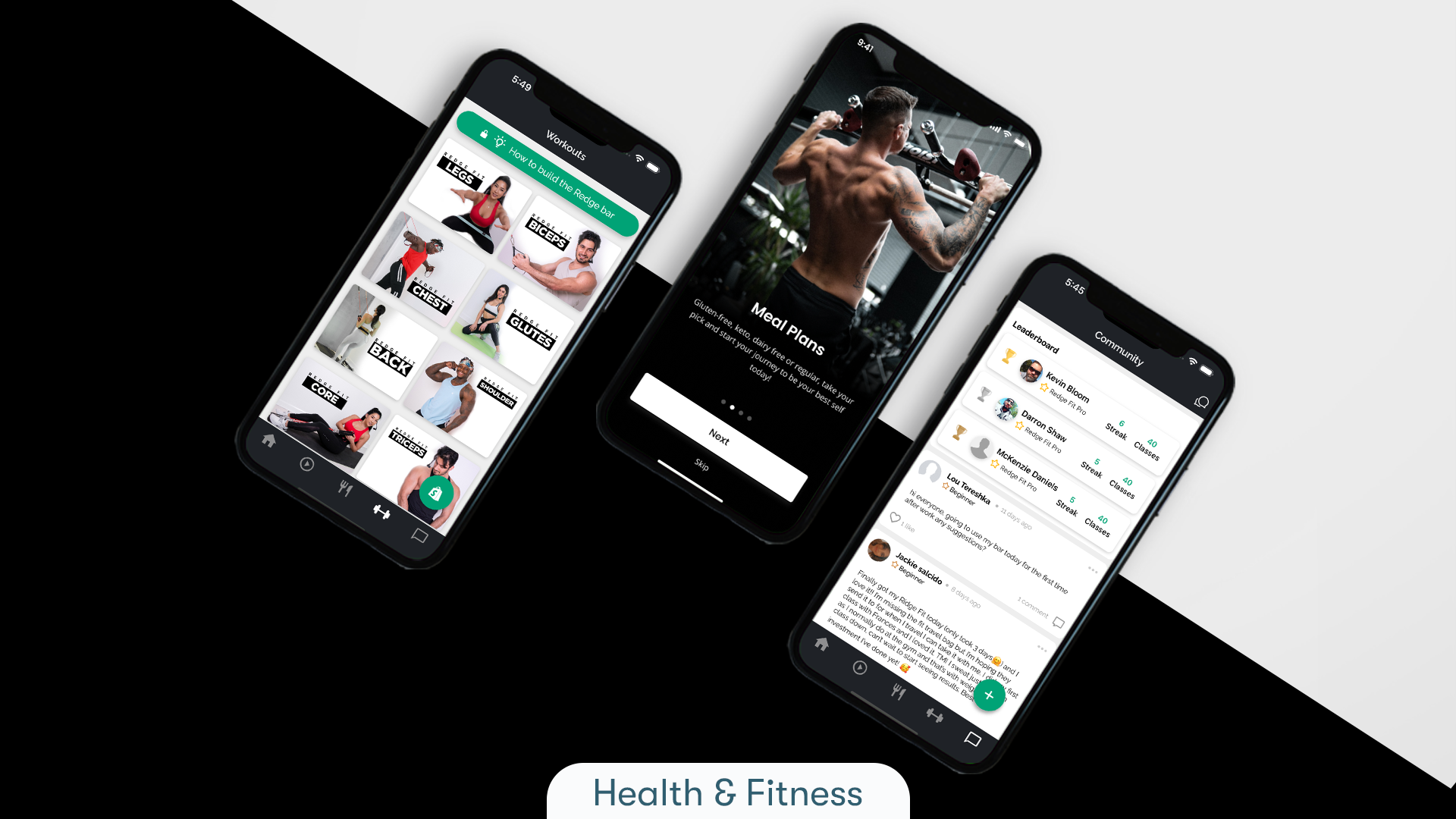January 3rd, 2025 at 10:28 am
“Great apps don’t just solve problems—they anticipate needs.”
App development is an essential part of any business’s strategy. However, creating a successful app goes beyond just coding and designing—it requires a deep understanding of user needs and behaviors. This is where Nordstone stands out, offering a unique approach to building apps that are truly user-centered. By incorporating real user feedback into every step of the development process, Nordstone ensures that its apps provide meaningful solutions that resonate with users.
In this blog, we’ll explore how Nordstone builds apps based on real user feedback, and how this approach aligns with user-centered design to create apps that delight and engage. We’ll also dive into key app development insights that make Nordstone’s app creation process stand out from the rest.
The Importance of User-Centered Design in App Development
User-centered design (UCD) is a design philosophy that places the user at the forefront of the development process. The primary goal of UCD is to create products that solve real problems, offering a seamless and intuitive experience for the end user. This design approach ensures that the product aligns with users’ needs, behaviors, and pain points.
According to a report by Forrester Research, companies that prioritize user experience (UX) see a 400% increase in conversion rates. This statistic highlights the immense value of user-centered design in the app development process. If an app doesn’t resonate with its target audience, it will likely struggle to gain adoption or maintain user engagement.
Nordstone understands the importance of this approach, and that’s why they make user feedback a cornerstone of their app development process.
How Nordstone Builds Apps Based on Real User Feedback
1. Understanding the Target Audience
Before diving into the design and development phases, Nordstone ensures that they have a deep understanding of the target audience. The first step involves thorough user research, where they gather insights into the target users’ needs, preferences, and challenges. They engage with users through surveys, interviews, and focus groups to collect valuable data that will shape the app’s functionality.
Understanding the pain points and expectations of users is critical for creating an app that truly adds value. By listening to the users before the development process begins, Nordstone sets the stage for a more user-centered approach.
2. Continuous User Involvement
Nordstone’s commitment to user feedback doesn’t stop at the initial stages of the design process. Instead, they maintain a continuous feedback loop throughout the entire development journey. During the design phase, they prototype app concepts and present them to real users to gather insights. This iterative process helps identify potential issues early on, reducing the risk of developing an app that misses the mark.
Moreover, Nordstone uses agile development methodologies, which involve frequent sprints and testing. After each sprint, they release test versions of the app to a select group of users. These users provide feedback on the app’s usability, design, and functionality. This continuous involvement helps make sure that the app evolves in line with user expectations.
3. User Testing for Usability and Experience
User testing is at the heart of Nordstone’s app development process. They conduct regular usability testing sessions to evaluate how users interact with the app prototype. This feedback helps identify any friction points, confusing design elements, or features that are not intuitive. By directly observing users’ interactions, Nordstone can make data-driven decisions about how to improve the app’s user interface (UI) and user experience (UX).
The importance of usability testing cannot be overstated. According to the Nielsen Norman Group, usability testing is one of the most effective ways to discover problems in an app’s design before it is launched to the public. By testing early and often, Nordstone can avoid costly redesigns and ensure that the final product is user-friendly.
4. Leveraging Analytics for Data-Driven Decisions
In addition to direct user feedback, Nordstone also incorporates data analytics to guide their decision-making. They track user behavior within the app using built-in analytics tools that provide insights into how users are interacting with the app in real-time. This data allows them to identify trends, patterns, and potential pain points that might not have been apparent through user testing alone.
For example, if users are consistently abandoning the app at a particular point, this could indicate a usability issue that needs to be addressed. Similarly, if users are frequently engaging with a specific feature, Nordstone can determine what aspects of the app are most valuable and build on them.
Using data-driven insights helps Nordstone make informed decisions about which features to prioritize and which areas need improvement. This approach minimizes the risk of building features that are not aligned with user needs, ensuring that the app remains relevant and user-friendly.
5. Incorporating Feedback Post-Launch
The development of a successful app doesn’t end with launch. After an app goes live, Nordstone continues to prioritize user feedback, collecting insights from the app’s user base through ratings, reviews, and in-app feedback channels. By actively listening to user feedback after launch, Nordstone can identify areas for improvement and release updates that address user concerns.
Post-launch feedback is crucial for maintaining an app’s relevance over time. According to Statista, 60% of users abandon an app within the first 30 days of downloading it. To avoid this high churn rate, Nordstone ensures that they keep improving the app based on real user feedback, adding new features, and refining existing ones as needed.
The Benefits of Real User Feedback in App Creation
1. Improved User Satisfaction
By involving users in every stage of the app development process, Nordstone can create products that truly meet user needs. This leads to higher user satisfaction and better app reviews. When users feel that an app has been designed with their needs in mind, they are more likely to engage with the app, share it with others, and leave positive feedback.
2. Higher Retention Rates
Apps that are developed based on real user feedback tend to have higher retention rates. Since these apps are tailored to user needs, they are more likely to provide value and solve problems in a way that resonates with users. As a result, users are more likely to return to the app and continue using it over time.
3. Increased App Success
Ultimately, building an app around real user feedback leads to greater success in the market. Apps that prioritize user needs and experience are more likely to stand out among competitors and attract a loyal user base. A well-designed app with features that users want and need is more likely to generate positive word-of-mouth and achieve long-term success.
Nordstone’s Approach to App Development
Incorporating real user feedback is a powerful strategy for building successful apps. Nordstone’s commitment to user-centered design ensures that every app they create is tailored to the specific needs of the target audience. From gathering insights through user research to testing prototypes and analyzing app data, Nordstone integrates user feedback at every stage of the development process.
This approach not only leads to better user experience and higher retention rates, but it also positions Nordstone as a leader in creating apps that truly resonate with users. With a focus on app development insights and continuous improvement, Nordstone’s app creation process sets a new standard for building apps that deliver real value to users.
If you’re looking to develop an app that is both user-friendly and impactful, Nordstone’s approach to app creation based on real user feedback is a model worth following.

